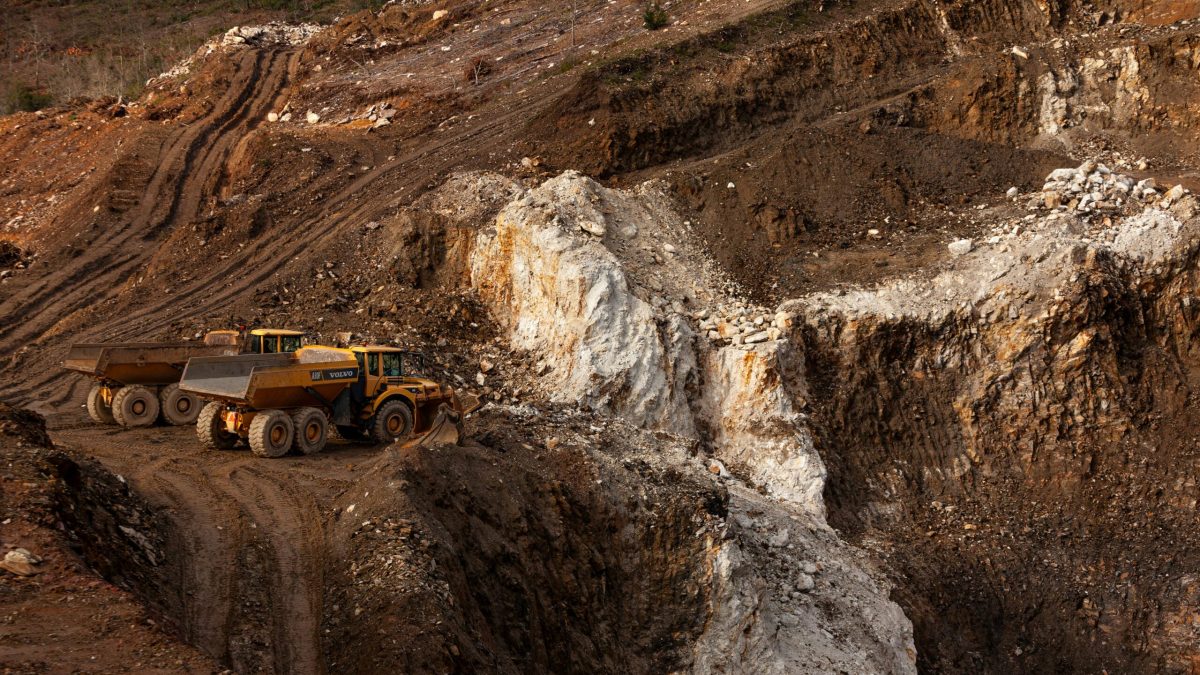The slow and dirty process of extracting lithium from rocks and salt water could take a toll on the environment, especially when the world tries to limit carbon emissions.
But, the race towards achieving net-zero emissions relies heavily on lithium. And, so finding a solution to produce lithium in a cleaner manner remains imperative.
Even as lithium prices have been rising sharply, demand for the precious metal is expected to increase by almost nine times over the next 15 years, according to estimates from the International Energy Agency (IEA).
IEA said in a report:
EVs and battery storage have already displaced consumer electronics to become the largest consumer of lithium and are set to take over from stainless steel as the largest end user of nickel by 2040.
As extracting lithium could be a slow process that often harms the environment, more efficient and less damaging methods of production are required going forward.
According to a Bloomberg report, one promising solution is direct lithium extraction, which can significantly reduce the time taken to produce the metal from as long as 18 months to just days or even hours.
Additionally, recycling and increasing the lifetime of lithium batteries could help reduce the need to mine huge quantities of the metal.
“This effort should be accompanied by launching lithium mining operations with strict environmental laws and regulations and investing in advanced mining methods capable of extracting lithium from seawater,” according to a report by State of the Planet, which is a news site of the Columbia Climate School.
Importance of lithium
Australia, Chile, and China are the largest producers of lithium, accounting for 90% of the world’s total supply.
Lithium is an important mineral, which is used in electric vehicles (EVs) and stores the energy generated by solar and wind power.
According to Bloomberg, the low mass and radius of lithium atoms ensure that the batteries can absorb and store more electricity than other types of batteries of the same weight.
“The weight aspect is crucial when it comes to EVs as a lighter car will travel further on the same charge,” according to the Bloomberg report.
Growing demand for lithium-ion batteries is also at risk of supply bottlenecks, which could inflate prices and slow the process of shift to EVs.
Moreover, the production process makes lithium more expensive.
Problems with lithium mining
Mining operations are vulnerable to growing climate risks.
Copper and lithium are particularly vulnerable to water stress given their high water requirements.
Moreover, EVs are supposed to lead the world into an energy transition, However, mining spodumene, a primary source of lithium, is an energy-intensive process that is powered by carbon-spewing fossil fuels, according to Bloomberg.
There is a risk that this sulfuric acid while extracting lithium could spill into local water streams, posing a threat to wildlife.
IEA said:
Over 50% of today’s lithium and copper production is concentrated in areas with high water stress levels. Several major producing regions such as Australia, China, and Africa are also subject to extreme heat or flooding, which pose greater challenges in ensuring reliable and sustainable supplies.
Moreover, brine lithium extraction uses a lot of freshwater, which could pose a threat to wildlife as it is mainly conducted in arid regions across the world.
Lithium brine is a saline groundwater that contains dissolved lithium and is a primary source of lithium for the world.
Possible solution: direct lithium extraction
One of the solutions for limiting the hazards of mining is direct lithium extraction, according to experts.
“Emerging technologies, such as direct lithium extraction (DLE) or enhanced metal recovery from waste streams or low-grade ores, offer the potential for a step change in future supply volumes,” the IEA said.
The direct extraction method uses industrial equipment instead of the long and slow process of evaporation, which takes months.
According to a report in Bloomberg, startups have been using this technology but it has only recently matured to a point, which can potentially compete with existing methods.
DLE methods could potentially open up supplies in new regions around the world.
“Adopting DLE could be the only way to access some important lithium sources in the future, as Bolivia and Chile push companies eyeing their lithium riches to adopt DLE techniques — an approach aimed at conserving scarce water supplies,” Bloomberg reported.
Lithium recycling is an option
Meanwhile, recycling remains a challenge as well for minerals such as lithium.
According to IEA, for bulk metals, recycling practices are well established, but this is not the case for many energy-transition minerals such as lithium and rare earth metals.
IEA said:
Emerging waste streams from clean energy technologies (e.g. batteries, wind turbines) can change this picture.
The Paris-based energy watchdog said that recycling may not eliminate the need for continued investment in new supply to meet climate goals.
However, by 2040, recycled quantities of copper, lithium, nickel, and cobalt from spent batteries could reduce combined primary supply requirements for these minerals by around 10%, IEA said.
The post Analysis: What solutions can mitigate the negative impact of lithium mining? appeared first on Invezz

